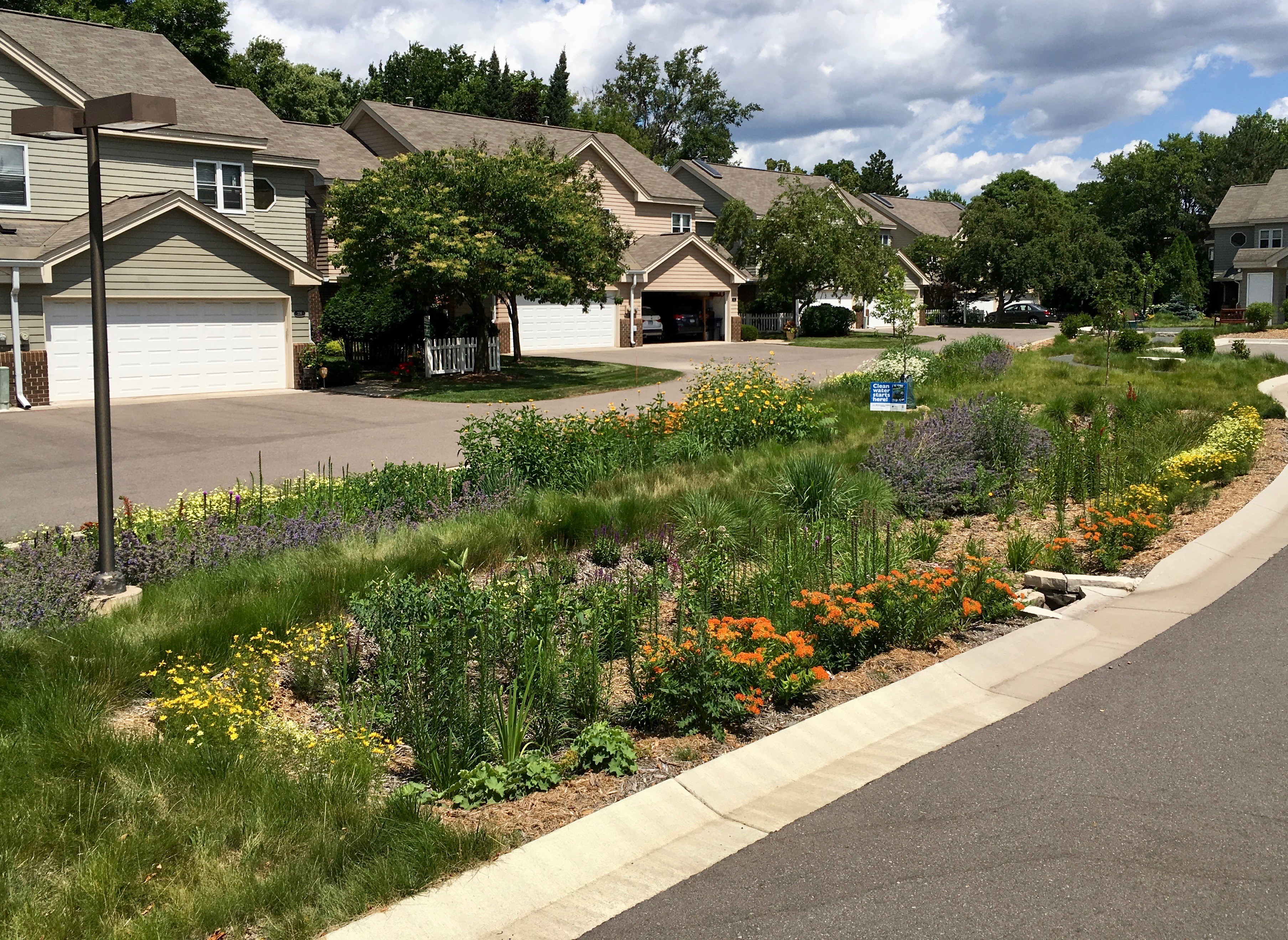Whether they’re motivated by environmental concerns or money, most people are interested in conserving water. Luckily, these two concerns go hand-in-hand; using less water protects our natural eco-systems from further resource depletion, ultimately reducing your water bill and decreasing the likelihood of getting busted by those pesky “water police” for using too much. These concerns are especially real to community managers of huge homeowners associations or commercial sites where millions of gallons of water are utilized each year. One of the main culprits, especially in Minnesota, is landscape irrigation. Fortunately, there’s a solution: a landscape irrigation audit. Continue reading







